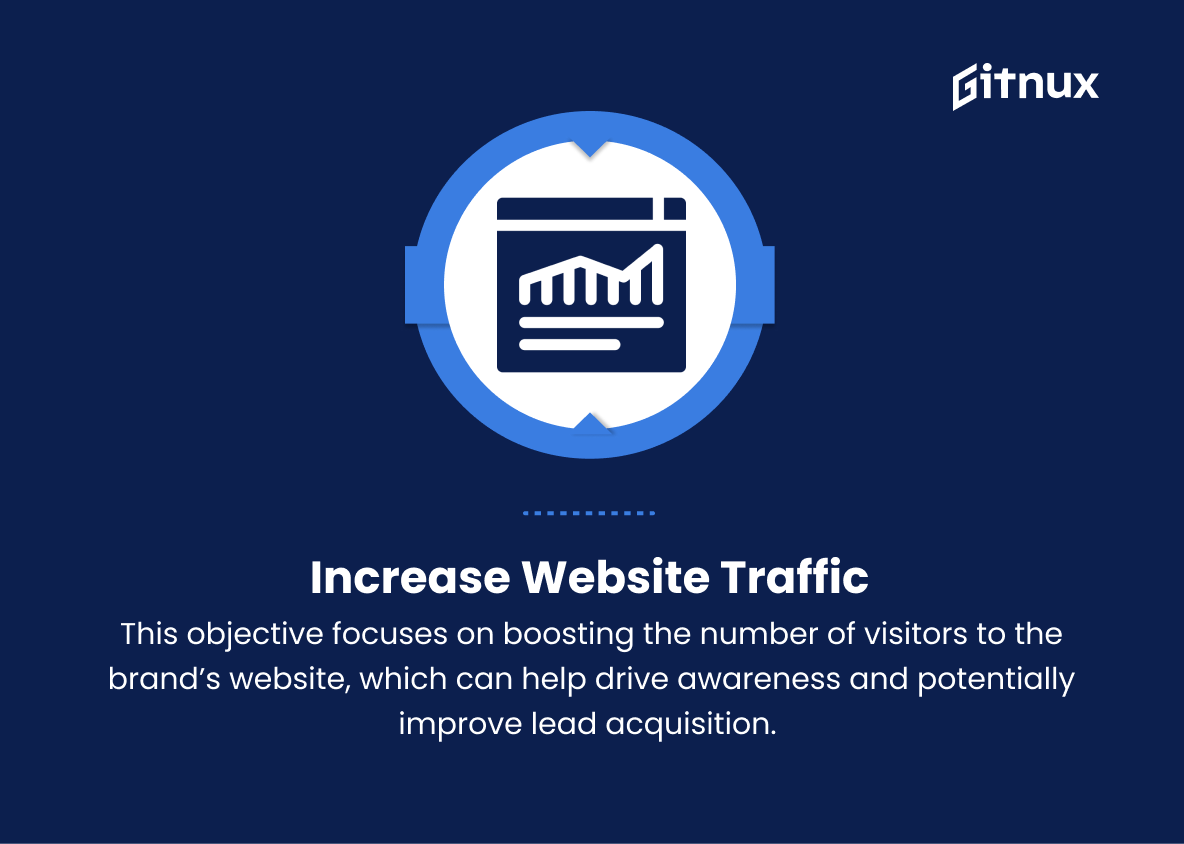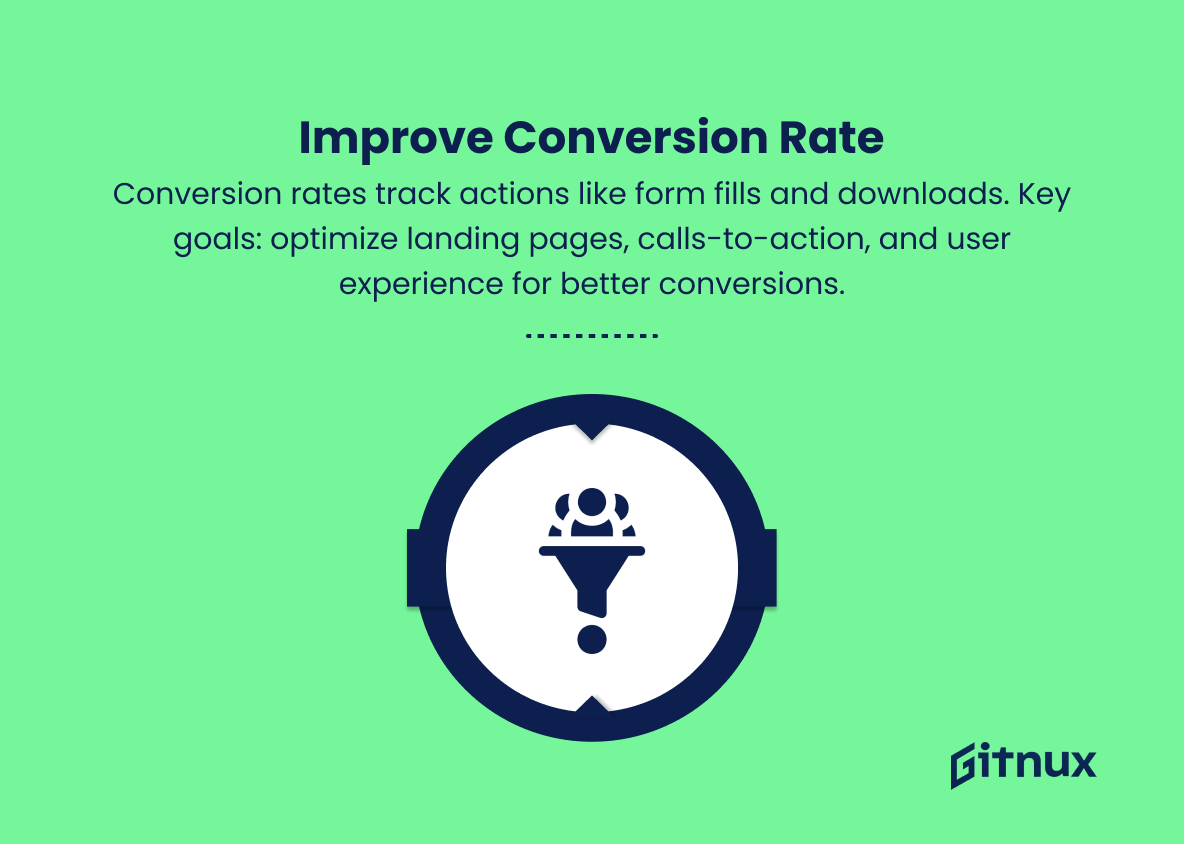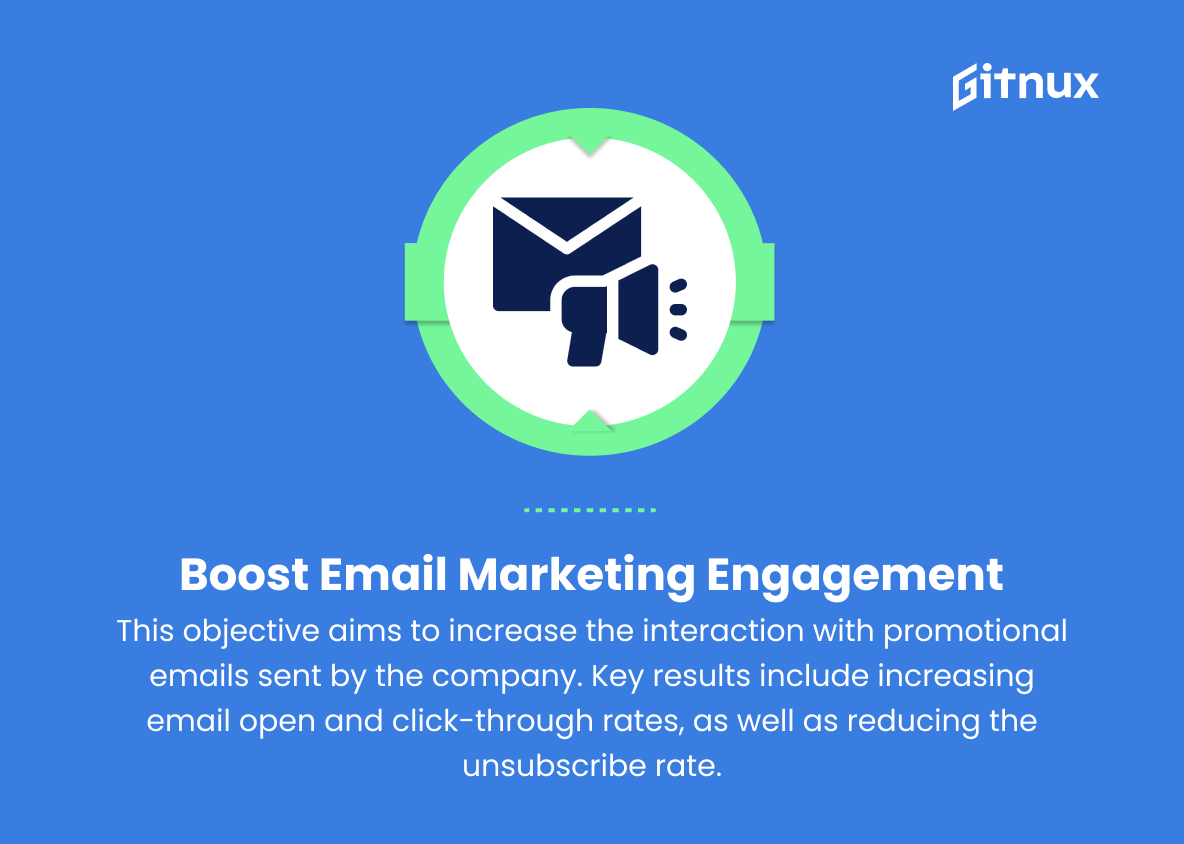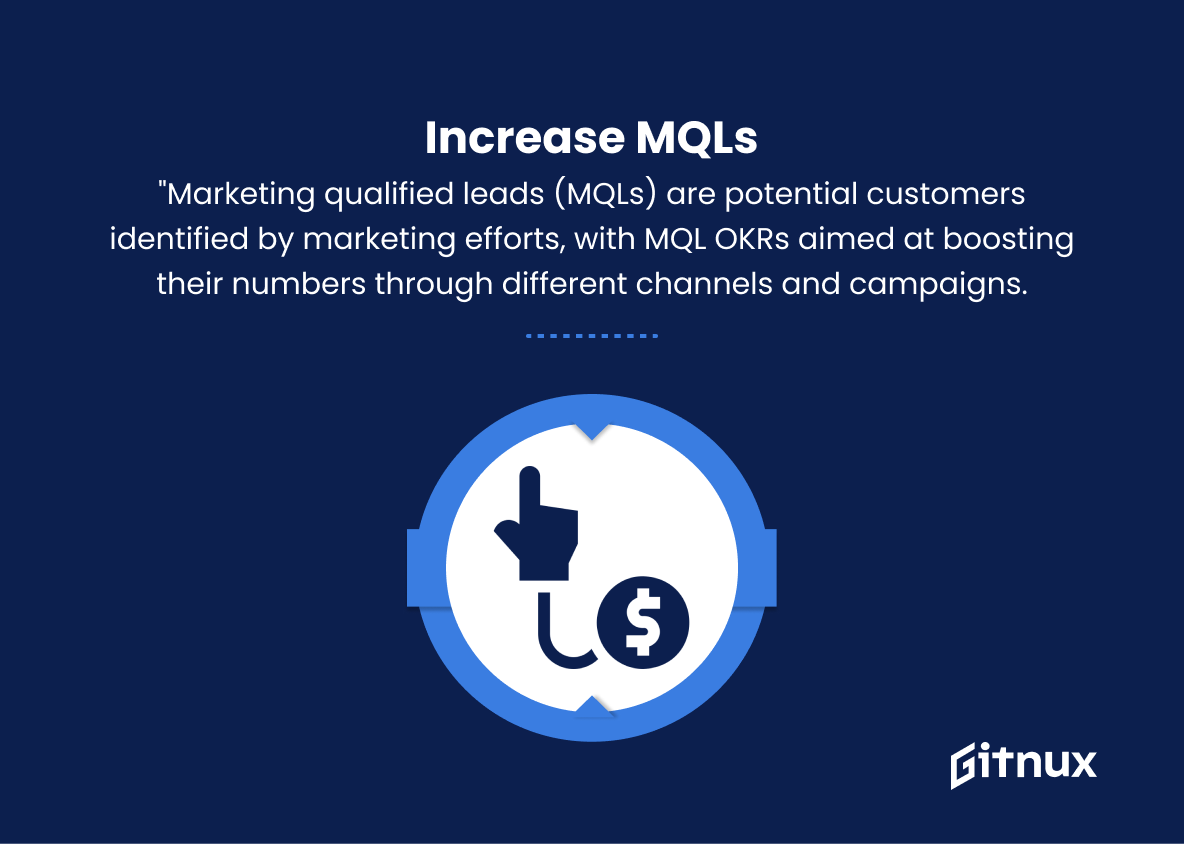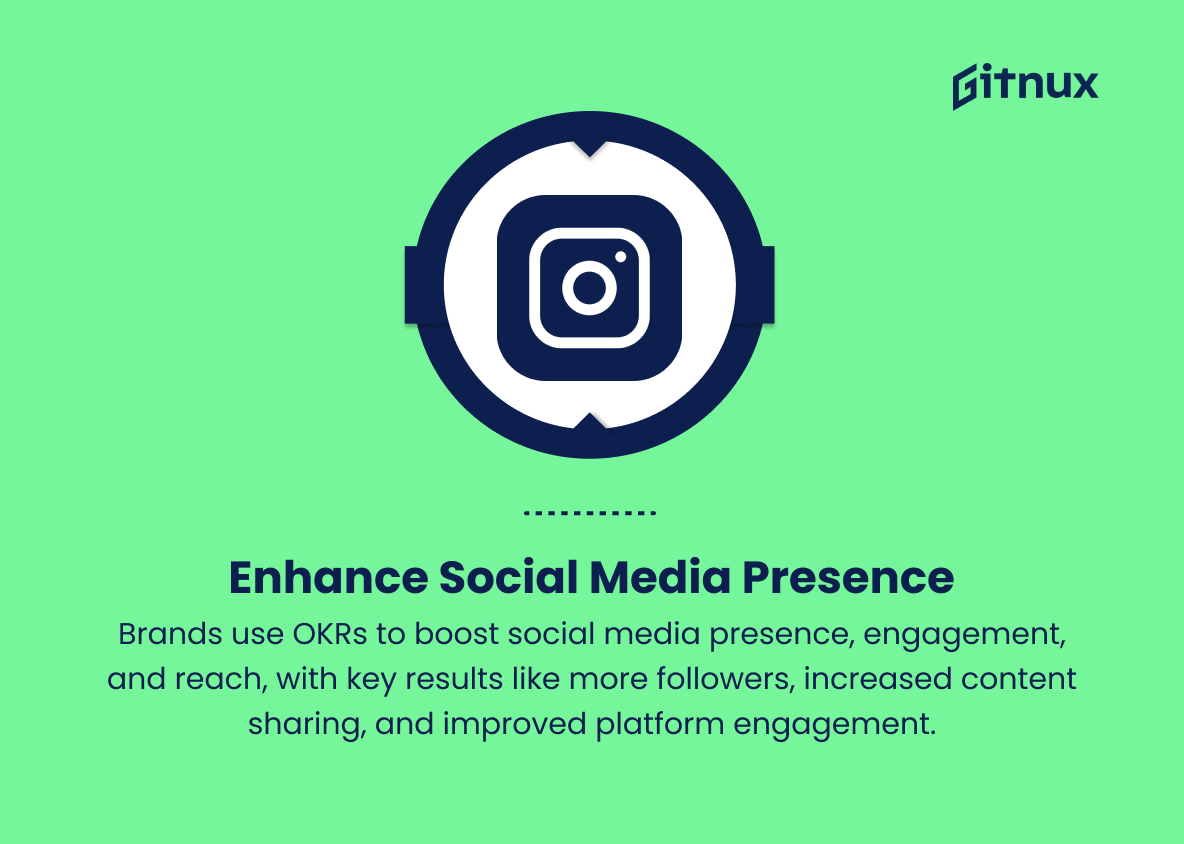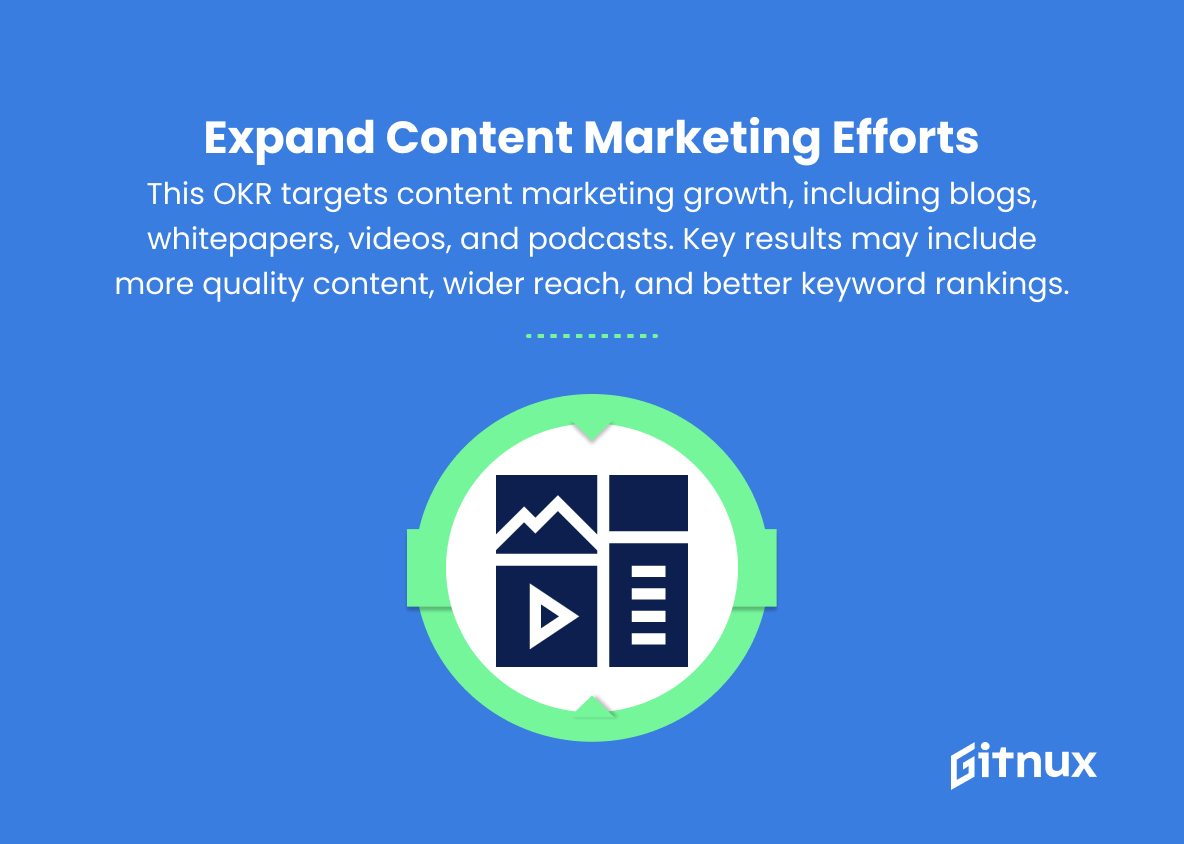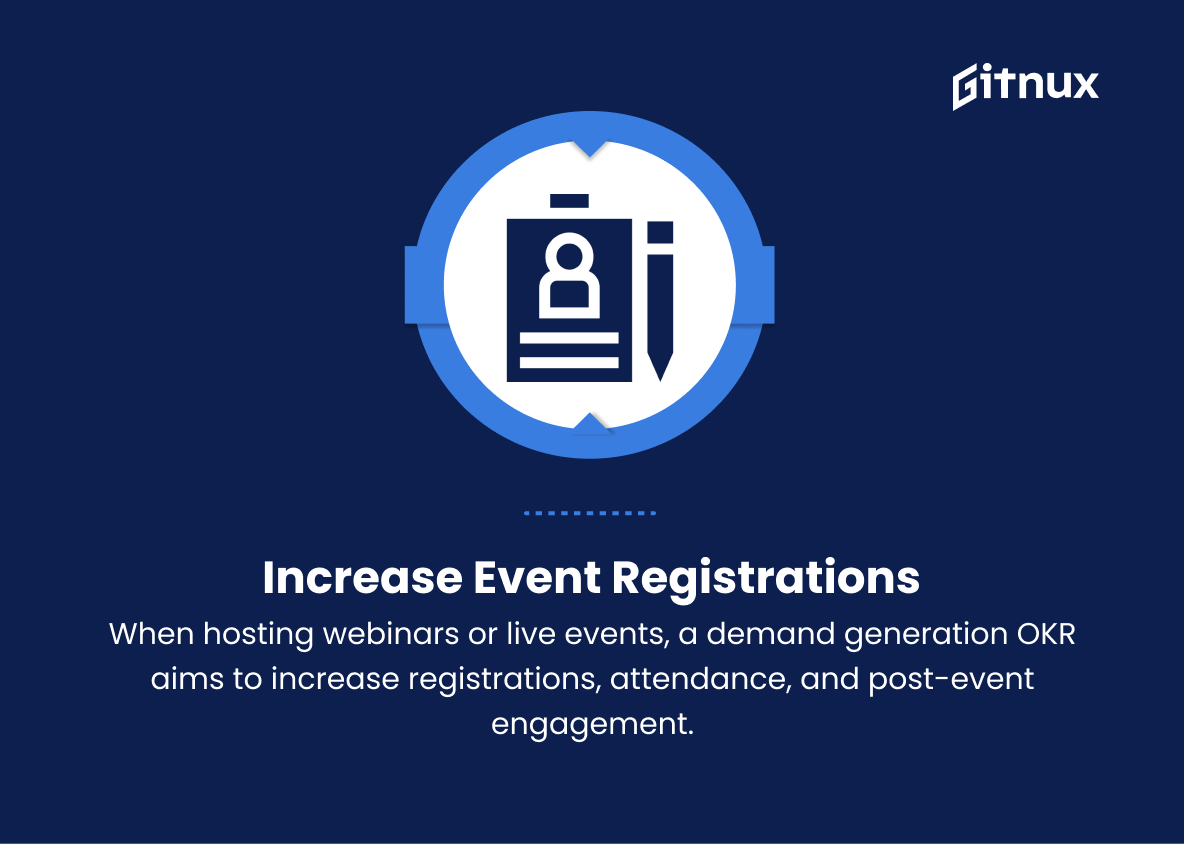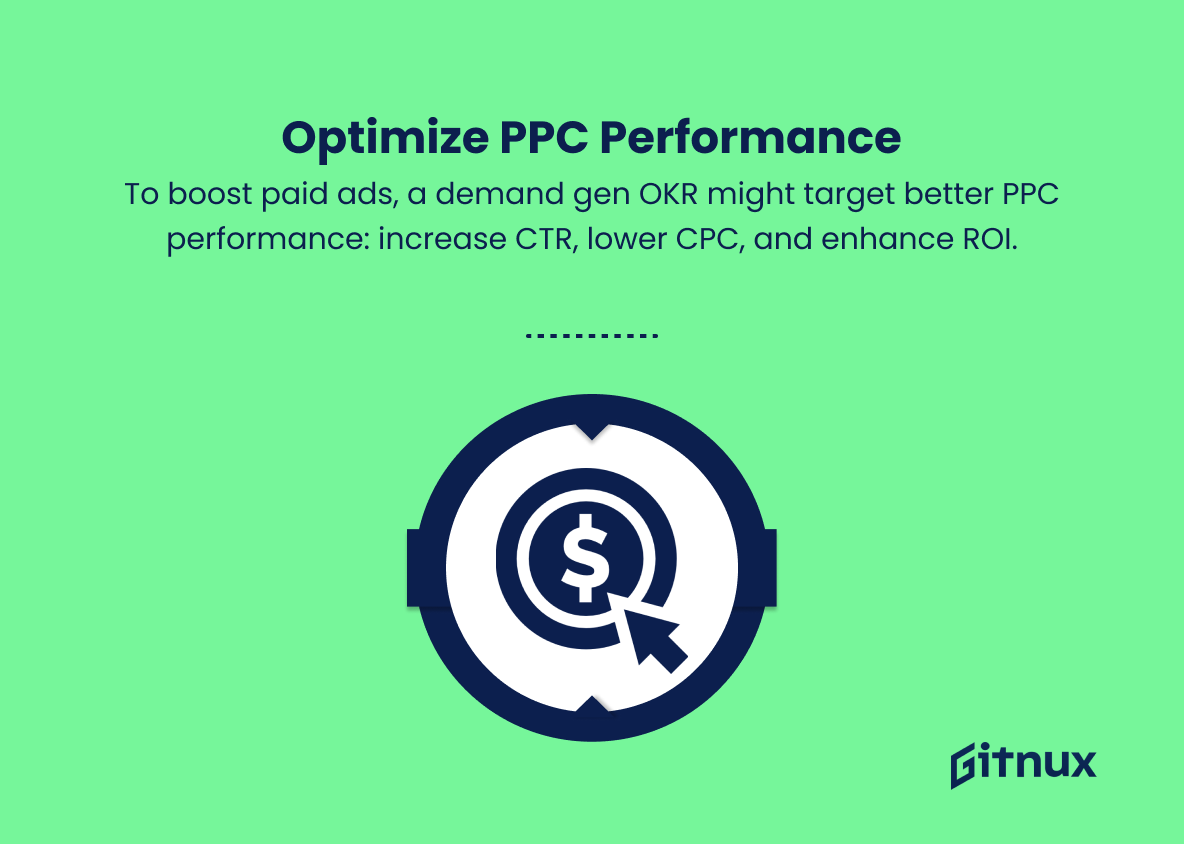In today’s hyper-competitive business landscape, organizations across industries are striving for accelerated growth and streamlining their marketing processes. To ensure a well-oiled marketing engine and stay ahead of the curve, the adoption of demand generation Objectives and Key Results (OKRs) has become paramount. In this comprehensive blog post, we will delve deep into the realm of demand generation OKRs, discussing their inherent purpose, significance in driving productivity, and strategies for aligning them with your organization’s dynamic marketing goals.
This essential guide will equip you with the insights and framework needed to optimize your demand generation performance, foster transparency, and ultimately, enable you to successfully navigate the precarious path of business advancement.
Must-Know Demand Generation Okrs
1. Increase website traffic
This objective focuses on boosting the number of visitors to the brand’s website, which can help drive awareness and potentially improve lead acquisition. Key results can include an increase in organic search traffic, referral traffic, and social media traffic.
2. Improve conversion rate
Conversion rates look at the number of potential leads who take the desired action, such as filling out a form or downloading content. Key results might involve optimizing landing pages, improving calls-to-action, or enhancing the user experience to drive an increased conversion percentage.
3. Boost email marketing engagement
This objective aims to increase the interaction with promotional emails sent by the company. Key results include increasing email open and click-through rates, as well as reducing the unsubscribe rate.
4. Increase MQLs (marketing qualified leads)
MQLs are potential customers identified by marketing efforts who are deemed more likely to become actual buyers. A marketing qualified lead OKR could focus on increasing the number of MQLs generated through various marketing channels and campaigns.
5. Enhance social media presence
Brands may use OKRs to improve their social media presence, engagement, and reach. Key results could incorporate an increase in followers, greater content sharing, or enhancing engagement rates (likes, comments, shares) across platforms.
6. Expand content marketing efforts
This OKR focuses on growing content marketing initiatives such as blog posts, whitepapers, videos, or podcasts. Key results might involve generating a greater number of high-quality content pieces, increasing content reach, or improving content’s keyword rankings.
7. Increase event registrations
When hosting webinars or other live events, a demand generation OKR could focus on driving a largernumber of registrations. Key results may include improving the registration rate, increasing attendance at the event, and driving post-event engagement.
8. Optimize PPC (pay-per-click) performance
To improve paid advertising efforts, a demand generation OKR could aim to optimize the performance of PPC campaigns. Key results might involve increasing click-through rates, reducing cost per click, or improving the overall return on ad spend.
9. Strengthen retargeting initiatives
Retargeting allows brands to stay top-of-mind by showing display ads to individuals who have previously interacted with the company’s online presence. Key results for an OKR focused on retargeting might include increasing conversion rates, improving ad engagement, or enhancing overall retargeting campaign ROI.
10. Drive PR and media presence
A demand generation OKR centered on public relations and media coverage might aim to increase brand awareness through press mentions, media coverage, or expert interviews. Key results for this OKR could encompass gaining a certain number of media mentions, developing key relationships with journalists, or securing interviews in industry-leading publications.
Demand Generation OKRs Explained
Demand Generation OKRs are crucial for businesses to thrive in today’s competitive market. These objectives and key results encompass a wide range of marketing strategies, each serving a unique purpose in driving growth for the company. Increasing website traffic, improving conversion rates, and boosting email marketing engagement contribute to enhanced brand visibility and lead cultivation. Focusing on marketing qualified leads (MQLs) aids in targeting high-value prospects for better sales pipeline management.
Effective social media presence, content marketing efforts, and event registrations help fuel brand recognition and customer engagement. Meanwhile, optimizing PPC performance and retargeting initiatives result in cost-effective and efficient marketing tactics. Lastly, driving PR and media presence contributes to omnipresence and credibility building for the brand. Overall, these interconnected OKRs empower businesses to align their marketing strategies and tactics for optimal demand generation and sustainable growth.
Conclusion
In conclusion, demand generation OKRs provide organizations with a structured and measurable approach to drive growth and achieve long-term success. By implementing demand generation objectives and key results, marketing teams can align their efforts with the company’s overall goals, track progress, and foster a culture of continuous improvement. Emphasizing the importance of SMART goals, these OKRs streamline marketing efforts, nurture leads, and ultimately boost revenue.
As business dynamics continue to evolve, companies must prioritize demand generation OKRs to stay competitive and adapt to the ever-changing market landscape.
